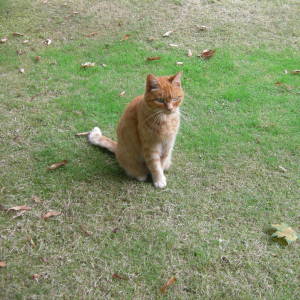Memorial to Munitions Workers in WWI
Today we had our WI meeting linked to the campaign of one of our members for recognition at The National Memorial Arboretum in Staffordshire of the many, mostly female, munitions workers in the first world war. Their significant contribution is mostly unrecognised, we heard that there is only one munitions worker whose name appears on a war memorial, and whilst there are lots of pictures of the workers of Gretna, they are mostly unnamed.
So back to the story …
In May 1915 the British government realised there was a significant lack of munitions for the troops fighting in the war. They therefore built a series of munitions factories around the country, the largest of which was at Gretna Green in Scotland. The nine mile site spread across the border into England, it started producing munitions in April 1916. The term ‘Devil’s Porridge’ was coined by Sir Arthur Conan Doyle (author of the Sherlock Holmes stories) when he visited the factory as a war correspondent and saw the large vats full of a gloopy white mixture that looked like porridge - but eat it at your peril! After processing it turned into a tan coloured product used to fill shells of a variety of sizes better known as cordite (a mixture of guncotton, nitro-glycerine and petroleum jelly). This toxic mixture turned skin and hair yellow, hence the name Canary Girls.
A very interesting meeting.
Want to know more:
https://www.devilsporridge.org.uk/about
https://www.canary-girls.com/about

Comments
Sign in or get an account to comment.


